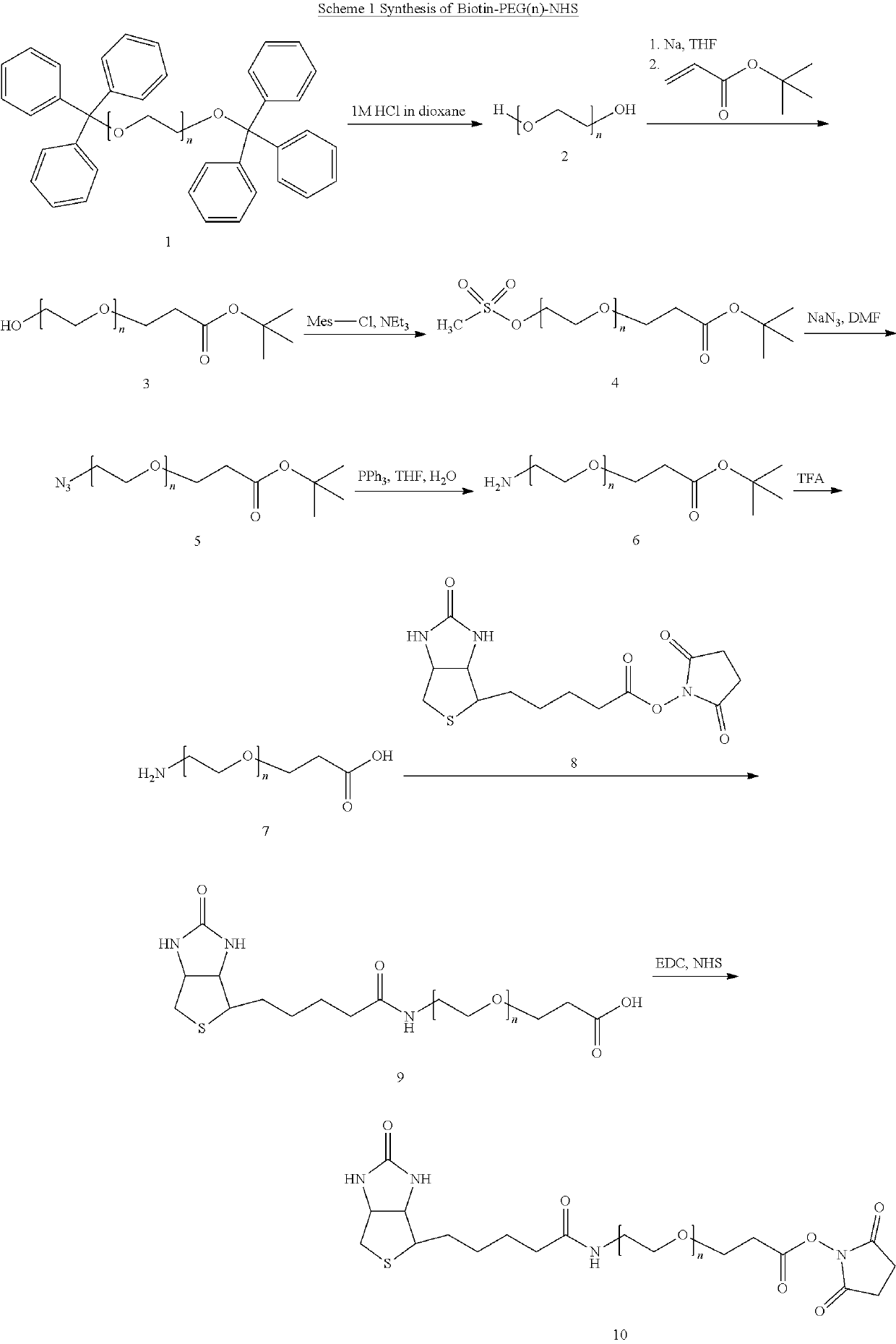Multi-epitope fusion protein of an hcv antigen and uses thereof
a technology of fusion protein and hcv, which is applied in the field of multi-epitope fusion protein of an hcv antigen, can solve the problems of increasing the difficulty of hcv positive patient sera availability
- Summary
- Abstract
- Description
- Claims
- Application Information
AI Technical Summary
Benefits of technology
Problems solved by technology
Method used
Image
Examples
example 1
Monoclonal Antibodies
[0087]Recombinant HCV core antigen needed for immunization of appropriate animals was obtained using standard techniques known in the art by inserting a DNA fragment encoding the desired antigen amino acid sequence into an E. coli expression plasmid followed by overexpression and purification of the protein. These standard molecular biological methods are described for example in Sambrook, J. et al., Molecular cloning: A laboratory manual; Cold Spring Harbor Laboratory Press, Cold Spring Harbor, N.Y., 1989.
[0088]Murine or rabbit monoclonal antibodies against HCV core were prepared by standard hybridoma technology or by recombinant nucleic acid techniques as known to the skilled person and in an analogous manner as described e.g. in WO2016 / 091755, respectively.
[0089]Monoclonal antibodies against HCV core protein used as capture compounds in the examples below bind to the epitopes aa 157-169 and aa 65-71 of the HCV core protein (SEQ ID NO:1). Very similar epitopes...
example 2
of Activated Biotinylation Reagents
[0094]Biotin-PEGn-NHS-biotinylation reagents (CAS-Nr. 365441-71-0; n=number of ethylene oxide units) were either obtained from IRIS Biotech GmbH or synthesized in house.
[0095]In the de novo synthesis the control of discrete number of ethylene oxide units was ensured by the stepwise elongation of shorter PEGs, such as tetraethylene glycol, following the described method from Chen and Baker, J. Org. Chem. 1999, 64, 6840-6873.
[0096]In a first step bis-trityl-PEGn 1 has been obtained (as obvious, n represents the number of ethylene glycol units).
[0097]Deprotection of 1 was carried out by stirring in 1M HCl in dioxane for 1 h at room temperature. After evaporation the residue was refluxed in methanol until a clear solution was obtained and the flask was kept at 4° C. overnight. After filtration the solution was extracted with hexane, the methanolic layer evaporated and dried to give the corresponding PEGn-diol 2 as oil or wax (consistency depending on l...
example 3
of Antibodies
[0105]Coupling of biotin and ruthenium moieties, respectively, to antibodies:
[0106]Antibodies were obtained and purified according to state-of-the-art procedures that are fully familiar to a person skilled in the art.
[0107]Prior to labeling, the detection antibody was cleaved by pepsin to obtain a F(ab′)2 fragment and to eliminate the interference prone Fc fragment (the method is described by A. Johnstone and R. Thorpe in Immunochemistry in Practice, Blackwell Scientific 1987). The purified F(ab′)2 fragment was further polymerized with the homobifunctional crosslinker disuccinimidyl suberate (DSS) and applied to a S400 gel filtration chromatography to gather the optimal size range of the F(ab′)2 polymer (the principle is described in DE3640412).
[0108]For the attachment of the respective label, in general the lysine ε-amino groups of the antibodies were targeted by N-hydroxy-succinimide activated compounds. At a protein concentration of 10 mg / ml, antibodies were reacted ...
PUM
| Property | Measurement | Unit |
|---|---|---|
| diameter | aaaaa | aaaaa |
| diameter | aaaaa | aaaaa |
| diameter | aaaaa | aaaaa |
Abstract
Description
Claims
Application Information
 Login to View More
Login to View More - R&D
- Intellectual Property
- Life Sciences
- Materials
- Tech Scout
- Unparalleled Data Quality
- Higher Quality Content
- 60% Fewer Hallucinations
Browse by: Latest US Patents, China's latest patents, Technical Efficacy Thesaurus, Application Domain, Technology Topic, Popular Technical Reports.
© 2025 PatSnap. All rights reserved.Legal|Privacy policy|Modern Slavery Act Transparency Statement|Sitemap|About US| Contact US: help@patsnap.com


